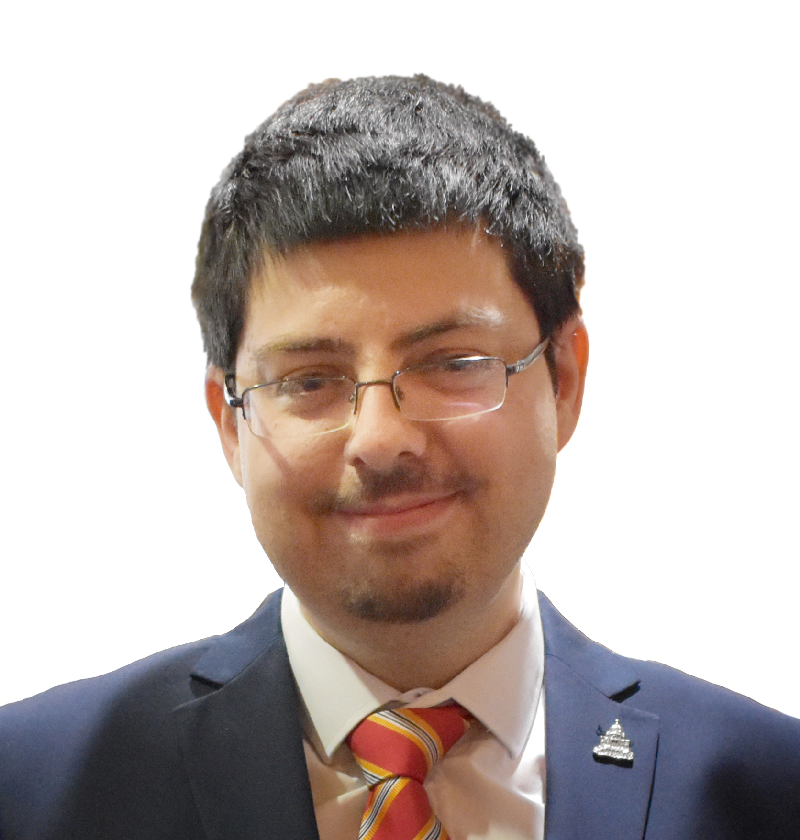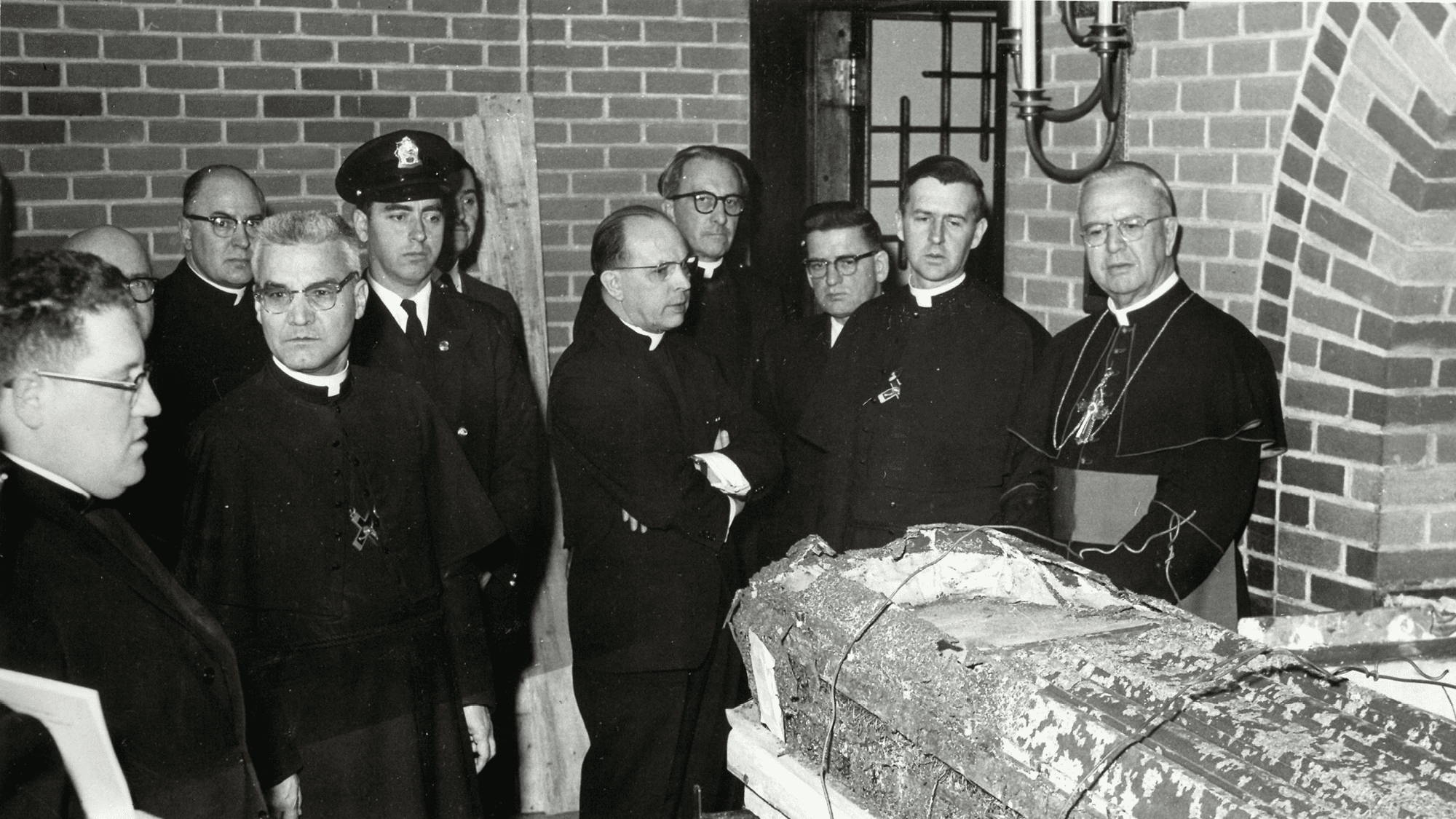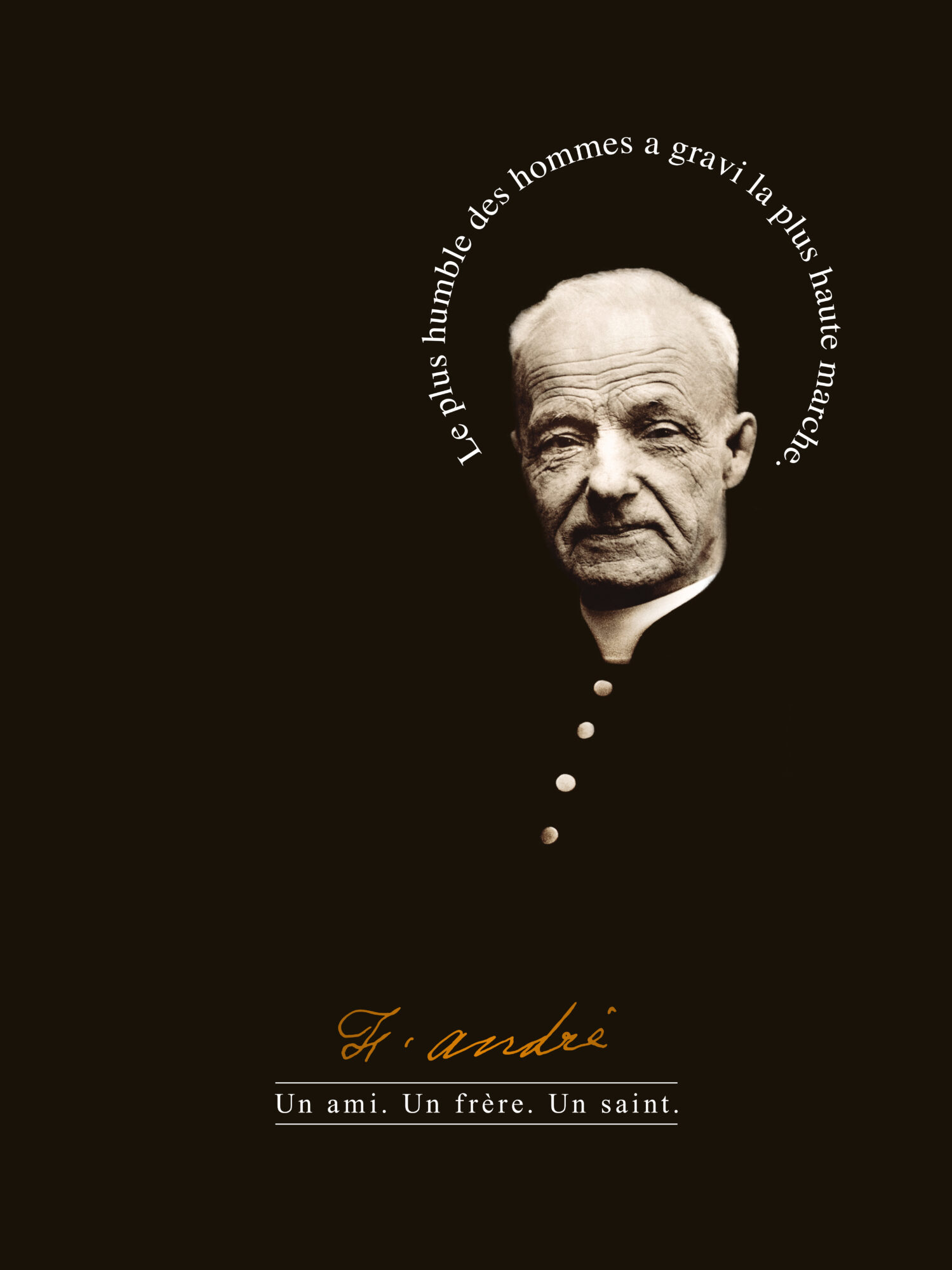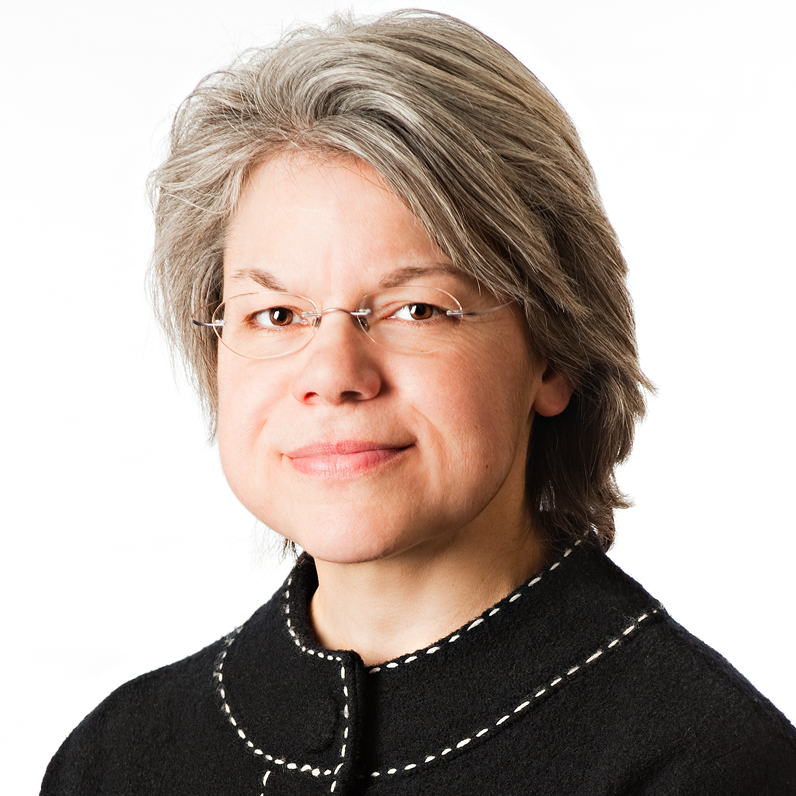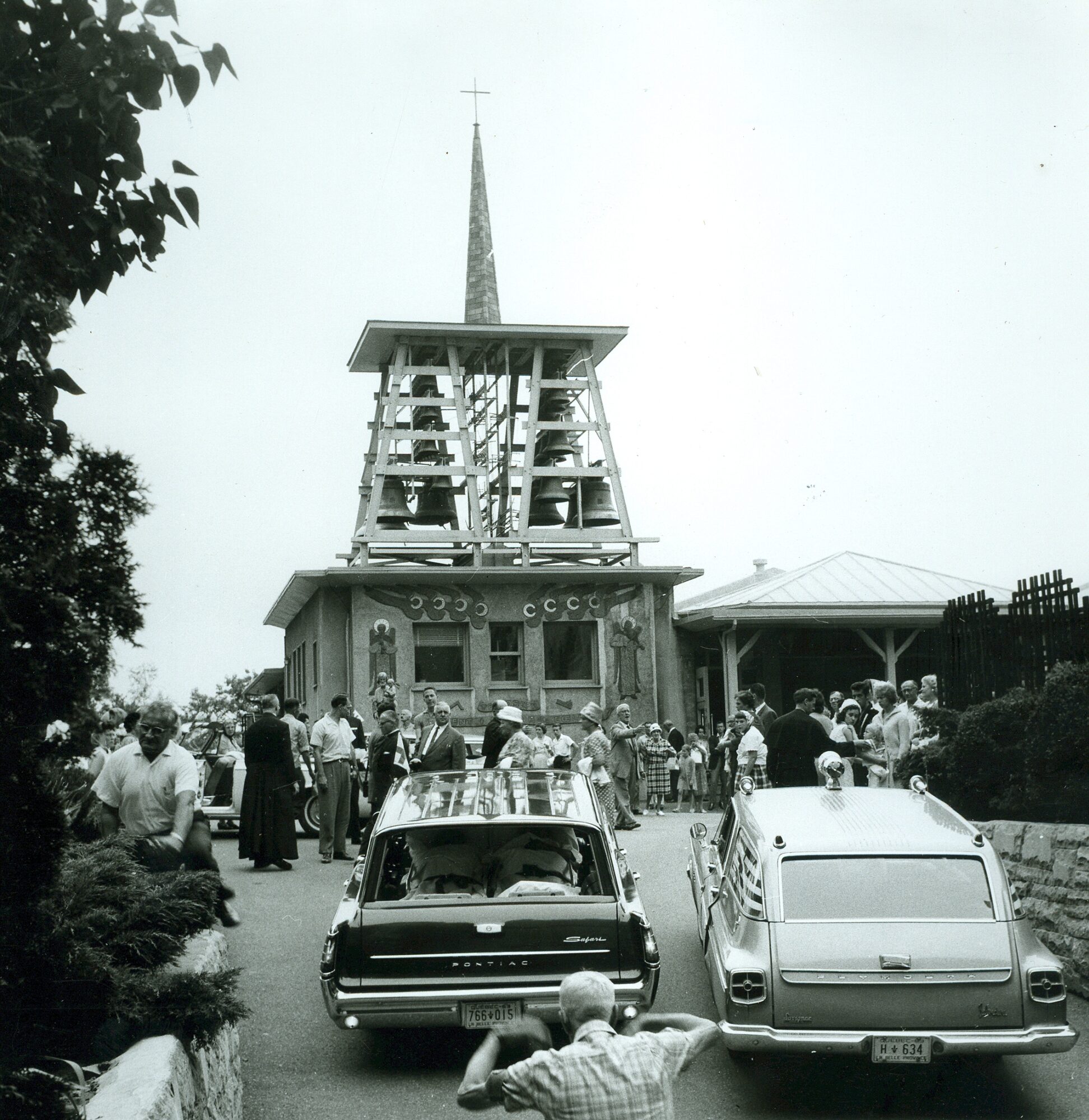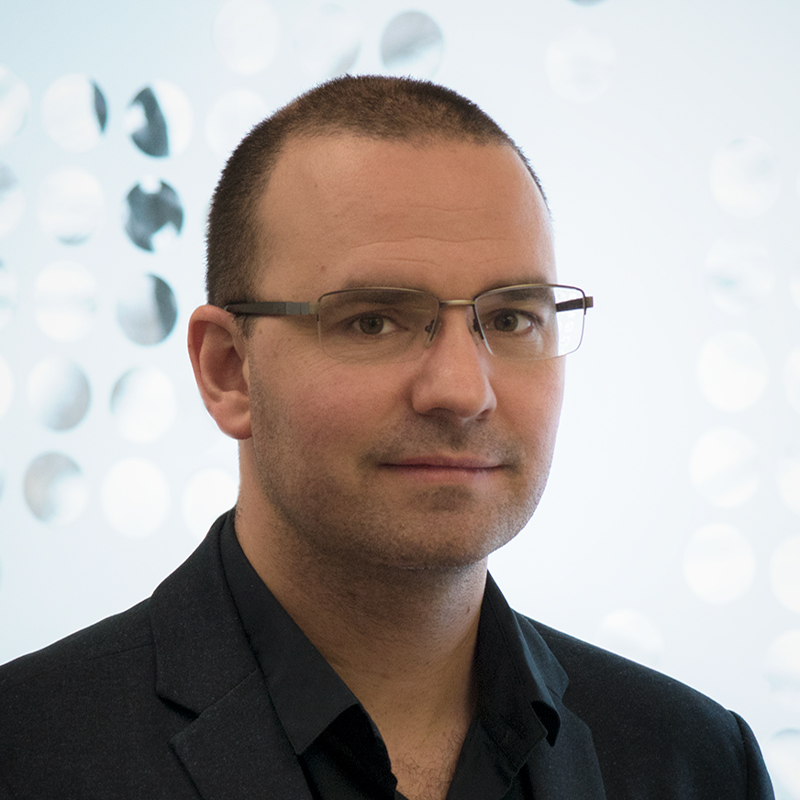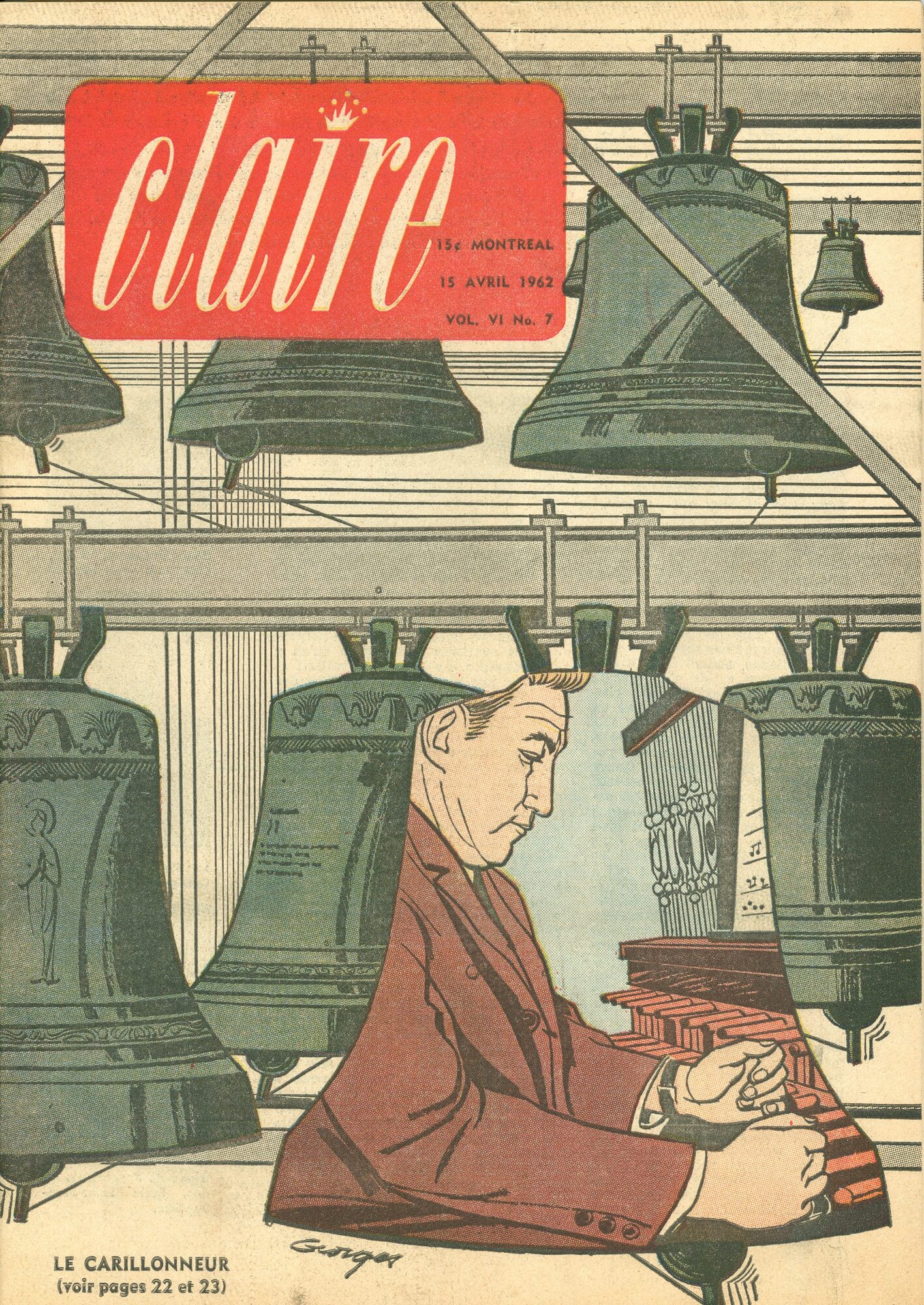Brother André’s Cause
Since October 17, 2010, Brother André has been recognized as a saint by the Catholic Church, 73 years after his death. This recognition is the fruit of a long work accomplished by what was then the Office for the Cause of Brother André. Since my arrival at the Oratory in 2017, I have processed the archives of this office. This blog post presents the process that led to Brother André’s canonization. In Montreal, the staff working on Brother André’s Cause consisted of a vice-postulator, a secretary or assistant and a medical consultant. The work of the vice-postulator consisted mainly in collecting and analyzing information on Brother André, on the healings attributed to him, and in promoting them. The Vice-Postulator worked with the collaboration of the Postulator, who was in Rome and was responsible for ensuring that everything was done according to the rules. It was also the Postulator who transmitted information to the Congregation for the Causes of Saints. Figs. 1 to 9 – The Vice-Postulators of the Cause.Fig. 1 – Émile Deguire, CSC. (1941-1943 )Fig. 2 – Alfred Laplante, CSC. (1943-1954)Fig. 3 – Paul-Eugène Charbonneau, CSC. (1954-1958)Fig. 4 – Jean Durand, CSC. (1958-1967)Fig. 5 – Fernand Gagnon, CSC. (1967-1975)Fig. 6 – Bernard Lafrenière, CSC. (1975-1994)Fig. 7 – Marguerite-Marie Fortier, CSC. (1994-1998)Fig. 8 – Robert Choquette, CSC. (1998-2004)Fig. 9 – Mario Lachapelle, CSC. (2004-2010)Source: 1 – CADRG 211.73-3; CADRG 2 – 211.158-1; 3 – CADRG 211.50-12; 4 – ; 5 – CADRG 211.103-2; 6 – CARDG 211.151-7; 7 – Archives of the Sisters of the Holy Cross; 8 – Archives Service of the Canadian Province of the Congregation of the Holy Cross; 9 – Communications Service of Saint Joseph’s Oratory.
THE STEPS TOWARDS CANONIZATION
The Opening of the Cause The first step in opening the Cause was to obtain permission from the Archbishop of Montreal. The request was sent on November 3, 1940 and was validated on the 7th of the same month.Diocesan Tials Diocesan trials are strictly speaking trials, with judge, lawyers and witnesses, conducted under the laws of the Roman Catholic Church. There have been three of them: the Written Trial, the Informative Trial and the Non-Worship Trial.
- The Writings Trial opened on November 13, 1940, and was aimed at collecting and analyzing Brother André’s writings. These writings being very rare, a decree allowing the Cause to continue was obtained on May 12, 1955.
- The informative Trial opened on October 8, 1941 and consisted of hearing witnesses who had personally known Brother André during his lifetime. These witnesses had to answer a series of 171 questions which aimed, among other things, to “establish the existence of a true reputation of public sanctity based on facts”.1 Three hundred and fourteen sessions were held in Montreal with thirty-two witnesses, in addition to three rogatory commissions in Providence, Rhode Island, Ottawa and Saint-Hyacinthe, where seventeen other witnesses were heard. It ended in April 1949.
- The Trial for Non-Worship began on November 4, 1949 and was to prove that there was no public worship given to Brother André and, if not, to suppress it. It is for this reason that Brother André’s tomb was moved from the Crypt to the side of Mount Royal.2 The trial ended on June 7, 1951.
Fig. 1 – Public copy of the non-cult trial, a 286-page book entirely handwritten. Martin Brideau, 2019.
Meanwhile, on July 5, 1950, the dossier of the Cause was presented to the Sacred Congregation of Rites. And on July 22, the file was officially opened. There followed a series of revisions of the various processes so that everything would be done according to the very demanding norms of the Congregation. On November 9, 1960, Pope John XXIII issued the decree introducing the Cause. However, these diocesan processes did not really conclude until December 22, 1962, with the approval of the process of non-cult by the Sacred Congregation of Rites. Apostolic Trials on Virtues On April 10, 1962, the Diocesan Apostolic Trial on the virtues began. Its purpose was to “demonstrate the continuation of the reputation for holiness and miracles”. Twenty-three witnesses marched in the course of the one hundred and forty-eight sessions. The last session of this trial took place on December 11, 1963 with the opening of Brother André’s tomb. This was an essential step in the recognition of the remains. On March 19, 1964, the Archdiocese of Montreal sealed the chest containing the trial record. The Sacred Congregation of Rites proceeded to consign it on April 4.
Fig. 2 – Opening of Brother Andrew’s tomb. CARDG 26a-24.
The study by Rome of the apostolic process, which represents the final stage of the trial, should have taken place in 1987, fifty years after the death of Brother André. However, at the request of the Canadian bishops, a dispensation from Canon 2101 was obtained from Pope Paul VI on June 11, 1977. One year later, on June 12, 1978, Brother André was finally recognized as venerable! Apostolic Trials on miracles Now venerable, there must be a miracle recognized after the death of Brother André to lead to beatification and a second miracle, after the beatification, to be declared a saint. On these requirements, the Vice-Postulators were prompt and methodical. From the opening of the Cause, they accumulated testimonies of healings. In 1942, Father Deguire had even produced a questionnaire to be filled out by those who claimed to have been healed by Brother André and in 1944, an office of medical observations was set up. Fig. 3 – Questionnaire used at the time of the office of medical findings.Fig. 4 – Meeting of the Apostolic Tribunal, early 1960s. CARDG 27-18.The same steps were taken again for the canonization. In the time of Father Bernard Lafrenière (1975-1994), more than 800 healing files were analyzed in varying degrees of depth depending on the case. At the end of the 1990s, a new potential case was identified. But it was only in February 2005 that a trial was held. After some revisions, the case was approved by the Congregation for the Causes of Saints in 2008 and recognized as scientifically inexplicable in 2009 by the Medical Commission. Pope Benedict XVI then allowed the Congregation to promulgate the decree concerning the miracle. The canonization finally took place on October 17, 2010. Thus, almost 70 years after its opening, Brother André’s Cause has finally completed its mission: to have Brother André recognized as a saint.
Dates to remember
- November 7, 1940: Official opening of the Cause.
- June 12, 1978: Brother André was declared venerable by Pope Paul IV.
- May 23, 1982: Brother André was beatified by Pope John Paul II.
- October 17, 2010: Brother André was canonized by Pope Benedict XVI.
References – Dubuc, Jean-Guy, 2010, Album officiel de la canonisation du frère André, 188 p. – Robillard, Denise, 2005, Les merveilles de l’Oratoire, 488 p. – C001/1100 Mandat, historique et rapports – C001/2110 Vice-postulateur – C001/5200 Questionnaires et formulaire – C001/5310 Faveurs et guérisons – 1913-1963 – C001/5310 Dossiers de témoignages pour la canonisation – CAN 800 to CAN 855 – L’Oratoire, February 1964. ________________________________________
- Dubuc, Jean-Guy, 2010, Album officiel de la canonisation du frère André, p.173.
- Robillard, Denise, 2005, Les merveilles de l’Oratoire, p. 273.
- Dubuc, Jean-Guy, 2010, Album officiel de la canonisation du frère André, p. 178.
